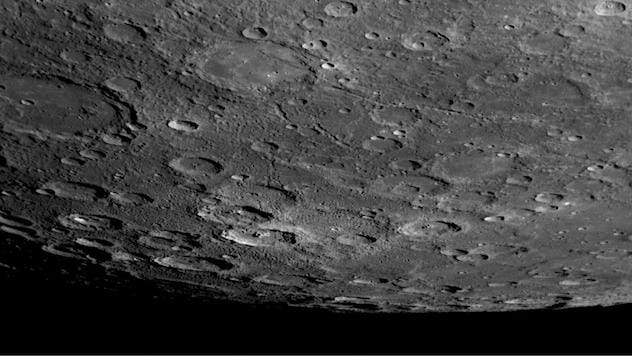Space Matter: Mercury Is in Retrograde. Don’t Panic.

Space Matter is a weekly column that delves into space science and the mechanics of spaceflight. From the latest discoveries in the universe around us to the fits and starts of rocket test flights, you’ll find analysis, discussion and an eternal optimism about space and launching ourselves into the cosmos.
![]()
Watch out, everyone. From April 9 through May 3, Mercury is in retrograde, so we all have something to blame for our terrible luck over the next couple of weeks. But what does Mercury being in retrograde actually mean, astronomy-wise?
We’ve known about Mercury, and its retrograde motions, since ancient times. An Assyrian astronomer, dating back to the 14th century BC, referred to Mercury as “the jumping planet” in cuneiform tablets. The planet is named after the Roman messenger god due to its swift travel through our skies; the ancient Greeks associated the planet with Hermes.
Mercury takes 88 days to orbit the Sun, compared to the Earth’s 365 days. If you think about the way these orbits work, this means that occasionally, the Earth overtakes Mercury in its orbit. That’s what happens when we say Mercury is in retrograde—from the perspective of the Earth, the planet usually moves west to east through our night sky (called prograde). But when the Earth overtakes Mercury in its orbit, the little planet actually moves backwards, east to west, through the stars from our perspective. That is retrograde motion.
Again, it’s important to emphasize that Mercury moving in retrograde is only from the Earth’s point of view, due to the fact that the Earth orbits the Sun faster than Mercury does. And it’s not the only planet that goes into retrograde: every single one, from Venus to Jupiter to Neptune, retrogrades from our perspective.
-

-

-

-

-

-

-

-

-

-

-

-

-

-

-

-

-

-

-

-

-

-

-

-

-

-

-

-

-

-

-

-

-

-

-

-

-

-

-

-

 Photo courtesy of
Photo courtesy of 






































